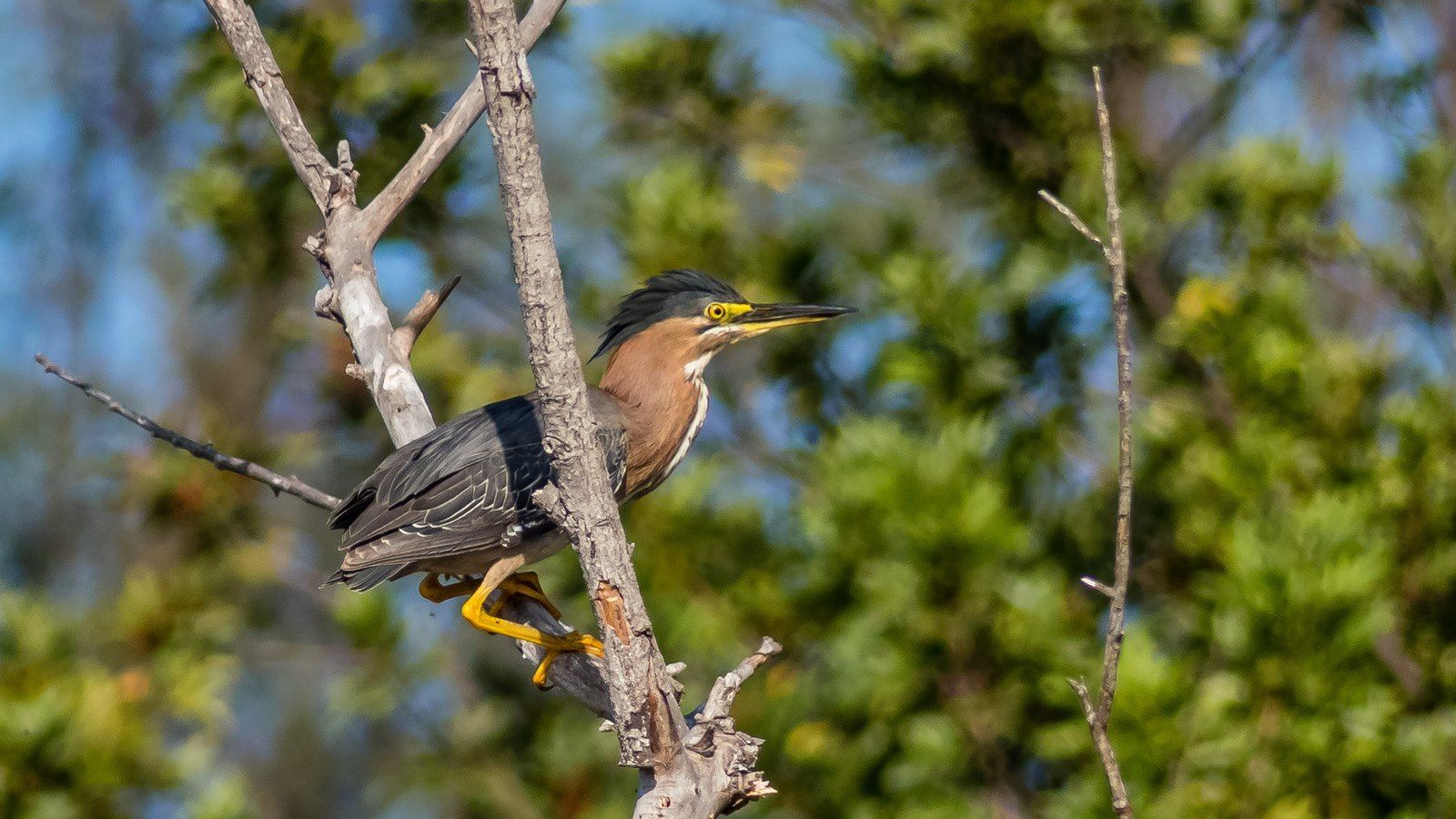
Today is Endangered Species Day, and San Diego Bird Alliance is highlighting a number of local birds that benefit from the 1973 Endangered Species Act (ESA) and the critical habitat protections it provides.
Thanks to the ESA, several imperiled bird species have seen encouraging rebounds in population, offering hope in the face of persistent threats. But the ESA itself has suffered rollbacks in recent years, making the future uncertain for species that still depend on it, like the Least Bell’s Vireo.
The Bell’s Vireo is a small, gray songbird found across North America, but its Southern California subspecies, the Least Bell’s Vireo (Vireo bellii pusillus), has been federally listed as endangered since 1986 due to the widespread loss of riparian habitat - wetlands, streambeds, and canyon bottoms - that have been steadily erased by development, agriculture, and infrastructure.
A shy, secretive, and silver-tongued songbird, the Least Bell’s Vireo was once on the brink of extinction. This tenacious bird has since made a remarkable comeback, but its survival remains closely tied to the legal protections granted by the ESA.
These vireos are small and slender with short, rounded wings and a faint white eye ring. Their plumage is gray above and lighter below, and they spend their days flitting through dense shrubs and low trees, searching for insects and spiders. Interestingly, they don’t need to drink water - they get all their hydration from their food.
Beginning in April, females can lay up to four clutches of four eggs each season. However, their nests, typically built within two feet of the ground, make their eggs and chicks especially vulnerable to predators like domestic cats, raccoons, rats, and coyotes, especially in areas close to human activity. Natural predators like scrub jays, hawks, and snakes also pose risks.
Although Least Bell’s Vireos have been seen as far north as Santa Clara County, San Diego County remains their stronghold, thanks to its unique mix of protected, biodiverse riparian habitats. Significant populations live in the Santa Margarita River watershed at Camp Pendleton, while Otay Valley Regional Park offers some of the best public opportunities to observe them.
How you can help:
When the Least Bell’s Vireo was first listed as endangered, there were only 291 breeding pairs in the state. Today, that number has increased to nearly 3,000 pairs in Southern California. This success is directly tied to the ESA’s protections, which allow for the modification or halting of proposed developments to preserve critical habitat. Yet the species remains highly vulnerable. Urban sprawl, overgrazing, and infrastructure projects like electric power lines continue to threaten the bird’s limited habitat.
The Endangered Species Act remains the most effective tool for preventing extinction, but its enforcement must be protected and strengthened, not weakened. The current administration is proposing to redefine harm under the Endangered Species Act, and that may severely limit habitat protections for species across the nation, including here in San Diego. We encourage you to make your voice heard and advocate to maintain the current definition of harm, thus maintaining the vital protections afforded by the ESA. Click HERE to weigh in. The public comment period closes Monday, May 19, 2025.

